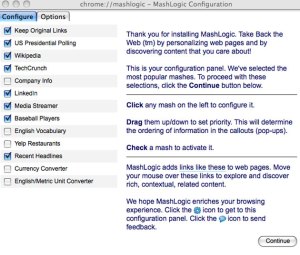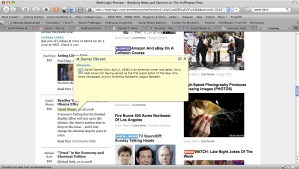Today we are going to explore varying perceptions of web 3.0. Below is a collection several interesting articles and videos from experts: Tim O’Rielly, Nicholas Carr and Kevin Kelly on the subject of web 3.0. It’s interesting to see the Web 3.0 from three different perspectives.
Today’s 3.0 Nonsense Blogstorm, by Tim O’Rielly
I find myself particularly irritated by definitions of “Web 3.0” that are basically descriptions of Web 2.0 (i.e. new forms of collective intelligence applications) that justify themselves as breakthroughs only by pretending that Web 2.0 is somehow about ajax, mashups, and other client side technologies.
Read the full article here.
What is Web 3.0?, by Nicholas Carr
Here we are, halfway through 2007, and we still don’t have a decent commonly-held definition of Web 2.0 and already we have competing definitions of the Web’s next generation. Or do we? I think that the apparent conflict between the two definitions may in fact be superficial, arising from the different viewpoints taken by Schmidt (an applications viewpoint) and the Semanticists (a communications viewpoint).
Read Nicholas’ article here.
Kevin Kelly helped launch Wired magazine in 1993, in this video he discusses how web 2.0 is only 5,000 days old, and what will the next 5,000 day of the web will look like.
Vodpod videos no longer available.Related articles by Zemanta
What do you think the web will look like in the next 5,000 days? I welcome your comments.
Filed under: Education, Videos, Web 3.0 | Tagged: Kevin Kelly, Nicholas G. Carr, Semantic Web, Tim O'Reilly, Web 3.0 | Leave a comment »





![Reblog this post [with Zemanta]](https://i0.wp.com/img.zemanta.com/reblog_e.png)






